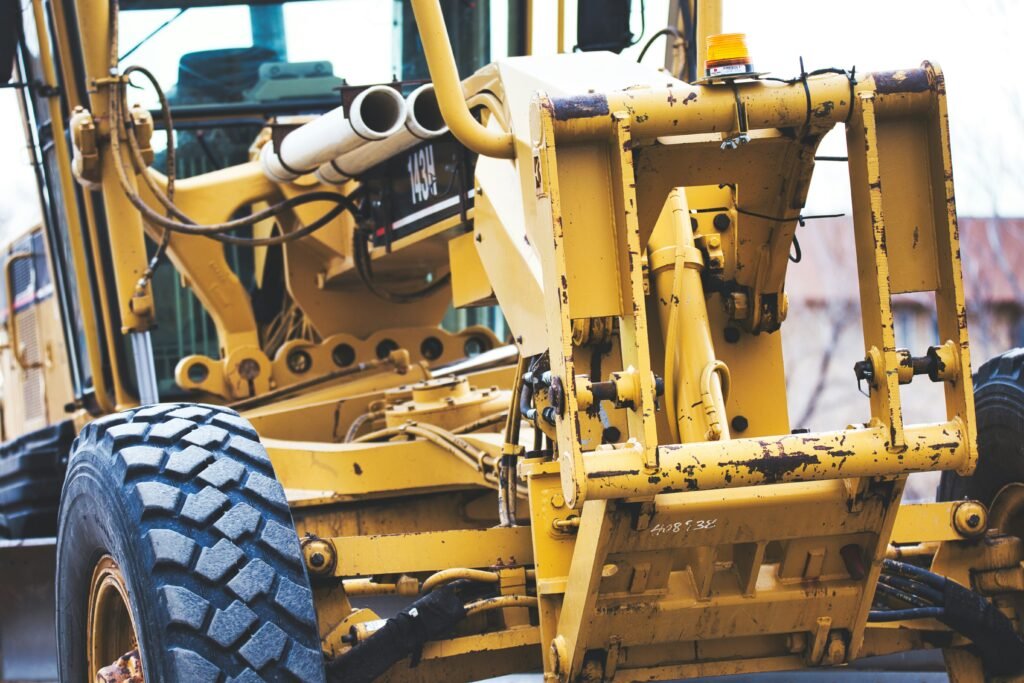Welcome to an informative article on exploring the key factors affecting the durability of crates. In this article, we will delve into the importance of understanding the durability and load bearing capabilities of crates to ensure they meet your specific needs. By examining factors such as material, design, and usage, you will gain valuable insights to help you choose the right crates for your storage and transportation requirements. So let’s explore together and learn how to make the most of your crate investments! Have you ever wondered why some crates seem to last forever while others fall apart after just a few uses? Let’s explore the key factors that affect the durability of crates and how you can ensure that your crates have the longest lifespan possible.

This image is property of images.unsplash.com.
Factors Affecting Crate Durability
When it comes to the durability of crates, several key factors come into play. From the material used to construct the crate to how it is stored and handled, each aspect can impact how long a crate will last.
Material Quality
The material quality is one of the most significant factors influencing the durability of a crate. Crates made from high-quality materials are more likely to withstand wear and tear over a more extended period. Look for crates made from sturdy and durable materials like wood, plastic, or metal for the best durability.
Construction Design
The design of a crate plays a crucial role in its durability. Crates with solid construction, reinforced corners, and proper bracing are more likely to withstand rough handling and heavy loads. Avoid crates with flimsy construction or weak joints, as they are prone to breaking down quickly.
Load Bearing Capacity
Another essential factor to consider is the load-bearing capacity of a crate. Overloading a crate beyond its weight capacity can lead to structural damage, weakening the crate and shortening its lifespan. Always check the manufacturer’s recommendations for the maximum weight limit of a crate and avoid exceeding it.
Environmental Conditions
The environment in which a crate is stored can also impact its durability. Extreme temperatures, high humidity levels, or exposure to direct sunlight can weaken the materials over time. Choose storage areas that are dry, well-ventilated, and away from direct sunlight to prolong the lifespan of your crates.
Proper Handling and Care Tips
In addition to the key factors mentioned above, proper handling and care can significantly impact the durability of crates. Here are some tips to help you ensure that your crates last as long as possible:
Avoid Dropping or Dragging Crates
One of the most common causes of crate damage is rough handling. Avoid dropping or dragging crates, as this can lead to dents, cracks, or structural damage. Use a pallet jack or forklift to move heavy crates safely and avoid placing heavy objects on top of fragile items.
Stack Crates Properly
When storing or transporting multiple crates, make sure to stack them correctly to avoid crushing the lower crates. Use pallets or shelves to provide support and evenly distribute the weight of stacked crates. Avoid stacking crates too high, as this can lead to instability and potential damage.
Clean and Inspect Regularly
Regular cleaning and inspection of crates can help identify early signs of damage and prevent it from worsening. Remove any debris or dirt from the crates, and check for cracks, loose nails, or other structural issues. Repair or replace damaged crates promptly to prevent further damage.
Store Crates Properly
Proper storage is essential to maintaining the durability of crates. Store crates in a clean, dry, and well-ventilated area to prevent mold growth, rust, or other forms of damage. Keep crates off the ground to avoid moisture or insect damage, and use covers or wraps to protect them from dust and debris.

This image is property of images.unsplash.com.
Case Study: Wooden vs. Plastic Crates
To further illustrate the impact of material choice on crate durability, let’s compare wooden and plastic crates based on key factors:
Material Quality
Wooden crates are typically made from hardwood or softwood, depending on the desired strength and durability. High-quality wooden crates are sturdy and long-lasting, ideal for heavy-duty applications. Plastic crates, on the other hand, are made from durable plastic materials like polypropylene or HDPE, offering excellent resistance to moisture and chemicals.
Construction Design
Wooden crates are often built with slatted sides and solid corners for added strength and stability. These crates are ideal for heavy loads or delicate items that require protection during transportation. Plastic crates come in various designs, from solid containers to open-grid patterns, offering versatility and customization options based on the intended use.
Load Bearing Capacity
Wooden crates are known for their exceptional load-bearing capacity, making them suitable for heavy or bulky items. Plastic crates also offer excellent load-bearing capacity, with some models capable of holding up to a few hundred pounds. Choosing the right crate based on the intended load can help prolong its durability and lifespan.
Environmental Conditions
Wooden crates are more prone to environmental damage, such as rot, mold, or insect infestations, when exposed to moisture or high humidity levels. Plastic crates, however, are resistant to moisture and chemicals, making them ideal for use in harsh environments or outdoor storage. Consider the environmental conditions in which crates will be used to select the most suitable material for durability.

This image is property of images.unsplash.com.
Conclusion
In conclusion, the durability of crates is influenced by various factors, including material quality, construction design, load-bearing capacity, environmental conditions, and proper handling and care. By understanding these key factors and following the recommended tips, you can ensure that your crates have the longest lifespan possible. Remember to choose high-quality materials, store crates properly, and regularly inspect and maintain them to maximize durability. Whether you prefer wooden or plastic crates, selecting the right material based on your specific needs can make a significant difference in the longevity of your crates. With the proper considerations and care, you can enjoy durable and reliable crates for all your storage and transportation needs.
